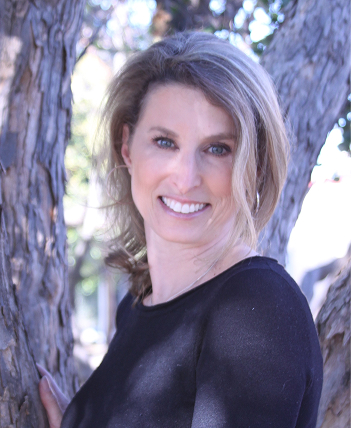
This was in the Aesthetic Surgery Journal in September 2017. “Longer Term Safety of Textured and Smooth Breast Implants.” Somehow I missed some the of the surprising data which came out of this study. I met with one of the breast implant reps recently, and she highlighted the results, so I thought I would share with you.
In this review the authors give a 20 year review and comparison of implant options. They focus on data from the 10 year US based core clinical study. In the study they look at:
- textured vs smooth
- Allergan vs. Mentor vs. Sientra
- ALCL (the large cell lymphoma associated with implants)
- Key benefits and risks.
Interesting tidbits:
- Silicone implants used today are 4th and 5th generation gel.
- Usage is 87% smooth, 13% textured (unlike Europe which is 90% textured)
TEXTURING
They go over the history of texturing. It was originally started to try to reduce capsular contracture rates. In 1992 the FDA put a moratorium on all 3rd generation silicone gel implants, so people turned to saline implants. Textured saline implants though had issues: high deflation rates, visible wrinkles, and high rates of revision procedures. So American surgeons started using smooth saline implants, while the rest of the world continued to use textured silicone. After the FDA moratorium lifted in 2006, US surgeons changed to smooth surface silicone implants.
Why do Europeans use textured implants? They feel it has lower rate of capsular contracture, predictable placement, and increased pocket control (the space where you put the implant). The texturing in the textured implants is thought to cause fibroblasts to not be as aligned, resulting in lower capsular contracture rates. If the fibroblasts can’t align, they cannot contract as much–> less capsular contracture. There is thought this improvement in capsular contracture is seen most often when the implant is placed behind the breast “subglandular” (instead of behind the muscle). Capsular contracture is a tricky subject though, as it is likely caused by many things, particularly biofilm. NOTE: Please see all of my talks on biofilm and strategies like where your incision is, antibiotics, the Keller funnel, and submuscular position.
BUT there are negatives to texturing. They are associated with late seroma, double capsule, and BIA ALCL (the lymphoma cancer associated with implants). And the texturing is different between implant companies. There is some evidence the more aggressive texturing causes a higher surface area and larger bacterial load with biofilm. This may be why the textured implants by Allergan have a higher association with ALCL (remembering that the risk of ALCL is 1: 30,000. All were in textured implants. Of these 70% were Allergan implants).
10 YEAR STUDY RESULTS
- This was a prospective, multicenter study
- It looked at the 3 big US implant manufacturers: Mentor, Sientra, Allergan
- FINDINGS
- Higher rupture rate on Mentor implants (24.2% Mentor vs 8.7% Sientra, 9.3% Allergan)
- Higher rate of reoperation with Allergan (Allergan 36.1%, vs Sientra 24.2% and Mentor 25.5%)
- Higher capsular contracture rate Allergan (Allergan 19.9%, vs Sientra 12.9% and Mentor 12.1%)
- Implant capsular contracture biofilm tends to be Gram positive, where ALCL tends to be Gram negative (the thought is Gram positive stimulates inflammation, where Gram negative bacteria stimulate lymphocytes.)
- They recommend using the 14 point plan (Which I already do!)
MY THOUGHTS?
I am always learning. I was stunned by the higher rupture rate of Mentor implants. I do not use those implants currently, and will not start using them after seeing this. As for the Allergan information, I think reoperation rate and capsular contracture have many things which lead to those issues. I am doing the 14 point plan to prevent capsular contracture, and I think it has been effective. I really believe in biofilm and its association with capsular contracture. So I see these numbers, but I haven’t found those numbers in my private practice, and I have been using Allergan exclusively for over 15 years.
Sientra is a brand I have not used, but given this data, may start using. They have good statistics in all of these areas.
Texturing has always been a hard one for me. Most American surgeons use smooth implants. The negative of smooth is the implants can migrate or bottom out. The positive of smooth implants is that they MOVE. They bounce, smush, push up in bras. They look and feel so natural. So I am not sure what to do with the data on texturing. We know the biofilm studies show much higher concentrations of bacteria on textured implants. So what causes capsular contracture? Is it biofilm? Is it the fibroblasts? We also know the rare ALCL cancer only happens in textured implants (though from this data, really in Allergan implants). I need more data on textured implants vs. smooth breast implants. But for sure this gives food for thought.
The information provided on this website is for general informational purposes only and does not constitute medical advice, diagnosis, or treatment. Always seek the advice of a qualified healthcare provider for any questions regarding your health or medical condition.
